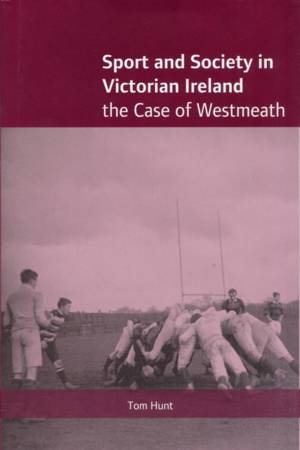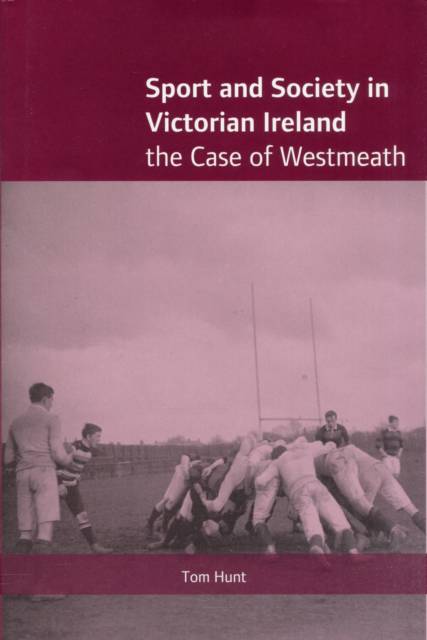
- Retrait gratuit dans votre magasin Club
- 7.000.000 titres dans notre catalogue
- Payer en toute sécurité
- Toujours un magasin près de chez vous
- Retrait gratuit dans votre magasin Club
- 7.000.000 titres dans notre catalogue
- Payer en toute sécurité
- Toujours un magasin près de chez vous
48,95 €
+ 97 points
Description
This book examines the development of sports in Victorian Ireland using the example of Westmeath as a case study. It explores the development of hunting, racing, commercial sports (golf, cycling and tennis), cricket, hurling and football, soccer, and rugby. It also examines the importance of spectator sports and a variety of ancillary attractions.
It examines the importance of the club as a vehicle for facilitating sporting involvement, the financing of sports and recreation, the commercialization of sports and the importance of codification. It also constructs a social profile of individuals active in the various sports. The role of sports in providing recreational opportunities for women is examined as is the importance of the military to sports promotion and the importance of sports to the military.
The book illustrates the importance of sport in creating a social life for participants at all levels of society. The crucial importance of post-1900 developments in cultural nationalism and their impact on recreational activities and in particular the re-emergence of the GAA are also investigated. The information is placed in a comparative context and links Westmeath to the Irish sporting world and places the developments in Westmeath within the sporting revolution of the wider Victorian world.
The book demolishes various established ideas of the Victorian sporting world in rural Ireland and enhances our understanding of what games people were playing and why they played them. The range of sports examined contributes to the production of an inclusive and comprehensive study that enhances our understanding of the social history of several groups in society.
It examines the importance of the club as a vehicle for facilitating sporting involvement, the financing of sports and recreation, the commercialization of sports and the importance of codification. It also constructs a social profile of individuals active in the various sports. The role of sports in providing recreational opportunities for women is examined as is the importance of the military to sports promotion and the importance of sports to the military.
The book illustrates the importance of sport in creating a social life for participants at all levels of society. The crucial importance of post-1900 developments in cultural nationalism and their impact on recreational activities and in particular the re-emergence of the GAA are also investigated. The information is placed in a comparative context and links Westmeath to the Irish sporting world and places the developments in Westmeath within the sporting revolution of the wider Victorian world.
The book demolishes various established ideas of the Victorian sporting world in rural Ireland and enhances our understanding of what games people were playing and why they played them. The range of sports examined contributes to the production of an inclusive and comprehensive study that enhances our understanding of the social history of several groups in society.
Spécifications
Parties prenantes
- Auteur(s) :
- Editeur:
Contenu
- Nombre de pages :
- 376
- Langue:
- Anglais
Caractéristiques
- EAN:
- 9781859184158
- Date de parution :
- 31-01-08
- Format:
- Livre relié
- Format numérique:
- Genaaid
- Dimensions :
- 164 mm x 234 mm
- Poids :
- 721 g







